Ever wondered, can you put epoxy over epoxy? Yes, you can add a new coat of epoxy on top of a cured epoxy surface.
To make sure the layers stick together, it’s important to get the old surface ready first. This means sanding the cured epoxy until it’s dull and slightly rough, which helps the new layer bond tightly.
This comes in handy when your old coating starts looking dull, wears out, or you just want extra protection.
But let’s be honest, you can’t just pour new epoxy over the old stuff and call it a day. You’ve gotta prep the surface—clean it, sand it, the works—so the new layer will actually stick.
If your old epoxy is peeling or has damage, fix those first. Otherwise, the new coating won’t last and you’ll just have to redo it.
Can You Put Epoxy Over Epoxy?

You can put epoxy over existing epoxy, but it depends on a few things. How well did the first layer cure? Did you prep the surface?
If you do it right, you get a strong bond and a smooth finish. Skip the prep, and you risk peeling or bubbles.
When Can You Put Epoxy Over Epoxy? (Timing & Curing Stages)
The best time to add a second coat is during the recoat window. That’s when the first layer is mostly cured but still a bit tacky.
Apply epoxy during this window, and the new layer bonds straight to the old one—no sanding needed. If the first coat is already hard, you’ll have to rough it up with some light sanding.
Sanding creates texture for the new epoxy to grip. Always clean off dust, oils, or anything else before you apply that second coat.
Usually, the recoat window lasts from 4 to 24 hours after the first pour, but it depends on your epoxy and the temperature. If you miss it, grab the sandpaper.
Check your product’s instructions for curing times and compatibility. Every brand is a little different, and nobody wants a sticky mess.
Need to finish your epoxy project fast? Check out our fast cure epoxy resin collection for quick-setting solutions. And if you want a sparkly new layer, read our guide: Tips for Keeping Glitter Afloat in Your Epoxy Resin Projects!
How to Prepare Old Epoxy for a New Coat (Cleaning & Sanding)

If you want that new epoxy coat to stick, surface prep is everything. Start by cleaning the old epoxy floor—use warm water and a mild detergent.
Skip harsh cleaners, they can mess up the surface. Once it’s clean, check for any peeling or blistering spots that could mess with adhesion.
Scrape or grind off any loose epoxy. Only then should you grab your sandpaper—medium grit (around 80-120) works well for most jobs.
Sand the surface evenly, so you don’t leave shiny spots that repel the new coat. After sanding, vacuum up all the dust and wipe down the surface with a solvent like acetone.
Use a tack cloth to pick up any lingering dust. You want that floor spotless before you move on.
Try an adhesion test if you’re unsure. Just patch a small area with epoxy, let it cure, and see if it sticks.
Priming the old epoxy can help, too. Go for a primer made for epoxy floors and follow the instructions closely. Good prep means your new coat will last longer and look a whole lot better.
Timing your layers is key. Learn more by reading our article, Epoxy Cure Time: What You Need To Know for Perfect Results.
Pouring Epoxy Over Sticky or Uncured Epoxy (What to Do)

If your epoxy’s still sticky or hasn’t cured, you might wonder if pouring on another layer will help. Timing is everything here.
You can pour epoxy over sticky epoxy if it’s been 4 to 10 hours since the first pour. That’s the sweet spot for a good bond.
Wait too long, or if the epoxy just isn’t curing, pouring more won’t fix it. The top layer might never harden, so you’ll need to deal with the uncured layer first.
Here’s what you can try:
- Check your mix: Did you get the resin and hardener ratio right? Messing that up causes tackiness.
- Stir well: Mix thoroughly so it cures evenly.
- Sand the surface: If it’s still sticky after curing time, sand lightly with 80-grit sandpaper to rough up the surface and remove tacky spots.
- Clean before pouring: Wipe away dust or grease before adding more epoxy.
If you catch the sticky epoxy early, you might save yourself some time by pouring over it. But if it just won’t cure, you’re better off fixing or removing the bad layer. Otherwise, you’ll end up with more sticky patches and a weak finish.
Common Mistakes When Layering Epoxy (And How to Avoid Them)

One of the biggest mistakes? Skipping surface prep. Dirt, grease, or old flakes on the first layer will keep the new coat from sticking.
You’ve got to clean and lightly sand before adding more epoxy. Another common issue is improper mixing.
If you don’t mix the two parts of epoxy well, you’ll get air bubbles and weak spots. Stir slowly, but make sure the resin and hardener blend fully.
Timing matters, too. Add the new layer too soon or too late, and you risk peeling or cracking.
There’s that “window” when the old epoxy is still slightly tacky—if you miss it, the surface might not bond. Pouring over a porous or uneven old layer can also trap air and cause bubbles.
Try a light skim coat first to seal the surface and cut down on bubbles. And don’t forget about temperature.
If your workspace is too cold, curing slows down and you might see discoloration. Too hot, and it dries too fast.
Always inspect the old epoxy for cracks, peeling, or imperfections. Fix those before you pour a new layer, or you’ll just see the same problems show up again.
Want to learn more about avoiding bubbles in your projects? Read our article: Why Are There Air Bubbles In My Resin Project? And to learn more how to achieve a smooth finish with no bubbles, read Epoxy Resin Bubble Removal: Why the Right Equipment Matters.
Tips for a Smooth, Durable Epoxy Finish

Want a strong bond when putting epoxy over epoxy? Clean the surface well with soap and water, then let it dry completely.
If the first layer’s fully cured and hard, lightly sand with 320-grit sandpaper. Those tiny scratches help the new epoxy grip.
You can skip sanding only if you’re working within that 4 to 6 hour tacky window. Mix the resin and hardener carefully, following the instructions to the letter.
Too much or too little hardener can mess with wear resistance and chemical resistance. Proper mixing also affects the thickness and durability of your finish.
When spreading epoxy, use a decent brush or roller. Thin, even coats help prevent bubbles and uneven spots.
This way, the surface looks better and is easier to maintain. For extra toughness and a longer-lasting finish, think about adding a clear topcoat.
That top layer really helps against scratches and wear, especially in busy areas. Using the right epoxy products can save you money over time, since durable epoxy needs less maintenance.
Keep these tips in mind, and you’ll get a smooth, strong, and lasting epoxy finish—without the headaches.
Get that perfect shine by checking out our article How to Polish Epoxy Resin: A Step-by-Step Guide to a Shiny Finish.
Final Thoughts
Putting epoxy over epoxy is totally possible and common for repairs or a new glossy look. The key is in preparing the old layer by sanding it and cleaning off dust so the new epoxy can grip.
For the best results, make sure to use a quality epoxy, like the premium options from RESINERS, to ensure a smooth, durable finish.
With the right prep, your new epoxy layer will bond well and look great. Take your time, follow each step, and you’ll get a strong, beautiful finish you can be proud of!
If you notice any scratches after curing, check out our article: Best Methods on How to Remove Scratches from Epoxy Resin.
Frequently Asked Questions on Putting Epoxy Over Epoxy
Epoxy resin can get a little tricky when you’re layering, bonding, or curing it. Figuring out how it reacts at different stages can save you headaches and give you a smooth, solid finish.
So, what should you know about pouring, sticking, and layering epoxy? Here’s the lowdown.
Can you pour epoxy on already cured epoxy?
Yeah, you can pour fresh epoxy onto fully cured epoxy. But, the bond won’t be perfect unless you prep the surface.
Once epoxy cures, it forms a hard, smooth skin that’s not very porous. That makes it tough for new layers to grab on
If you want better adhesion, lightly sand the cured epoxy. Those tiny scratches give the new layer something to hold onto.
Don’t forget to clean off all the dust before you pour. If you skip prep, the new epoxy could peel or just separate later, and nobody wants that.
Does new epoxy stick to old epoxy?
New epoxy will stick to old epoxy, but only if the old layer’s still a bit tacky or you prep it right. If the first layer is "wet" or just starting to set, the fresh stuff bonds easily.
For fully cured epoxy, you’ve gotta sand and clean first. That roughens up the surface and gives the new epoxy more to grip.
Epoxy really bonds best to clean, rough, and dry surfaces. If the old layer is dirty or shiny, the new stuff probably won’t stick well and might peel off.
Can you do a second coat of epoxy?
You can totally do a second coat of epoxy. People do it all the time for extra protection or a smoother finish.
Timing’s important, though. For the strongest bond, put the next coat on while the first is still tacky—usually within 12 to 24 hours.
If you wait longer and it’s fully hard, you’ll need to sand before adding more. That keeps the new coat from sliding off.
Try to keep your workspace as dust-free as you can when recoating. Multiple coats make it thicker and tougher, but keep each layer thin and even.
Will epoxy stick to epoxy without sanding?
Sometimes epoxy will stick without sanding, but only if the first layer’s still tacky or not totally cured. Pour the next layer before the first one’s done, and you’ll get a strong bond without much prep.
But if the epoxy’s fully hard and smooth, new epoxy just doesn’t grip well unless you rough it up. If you skip sanding on cured epoxy, you might see peeling or bubbling later on.
Sanding creates those tiny grooves that help the new layer grab. If you don’t do it, the new epoxy mostly relies on chemical bonding, which isn’t great after the first layer’s cured.
Can you pour two layers of epoxy?
Yeah, you can pour two layers of epoxy. In fact, it’s pretty common if you want thicker coverage or a bit more strength.
Apply each layer carefully. Let the first one partially cure before adding the next for the best results.
Ideally, go for the second pour before the first layer fully hardens. If it’s already cured, just give it a good sanding first.
If you pour that second layer too soon, you might trap air or get some messy runs. Wait too long without sanding, and the layers won’t stick as well.
Using two layers also helps cut down on bubbles. Plus, the finish usually ends up looking a lot nicer.
Stick with thin, controlled pours. Keep an eye on cure times—no shortcuts here if you want it to turn out right.

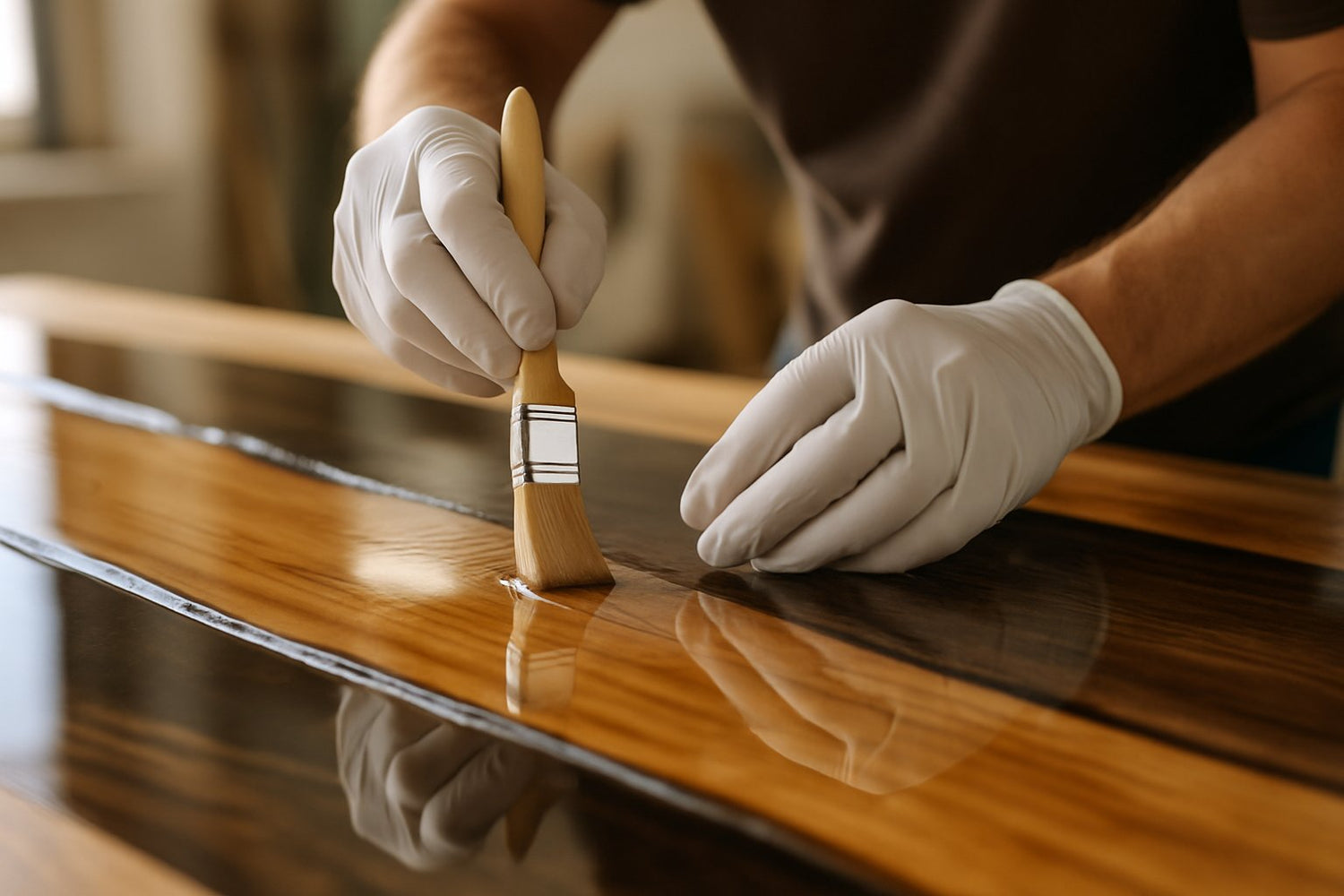
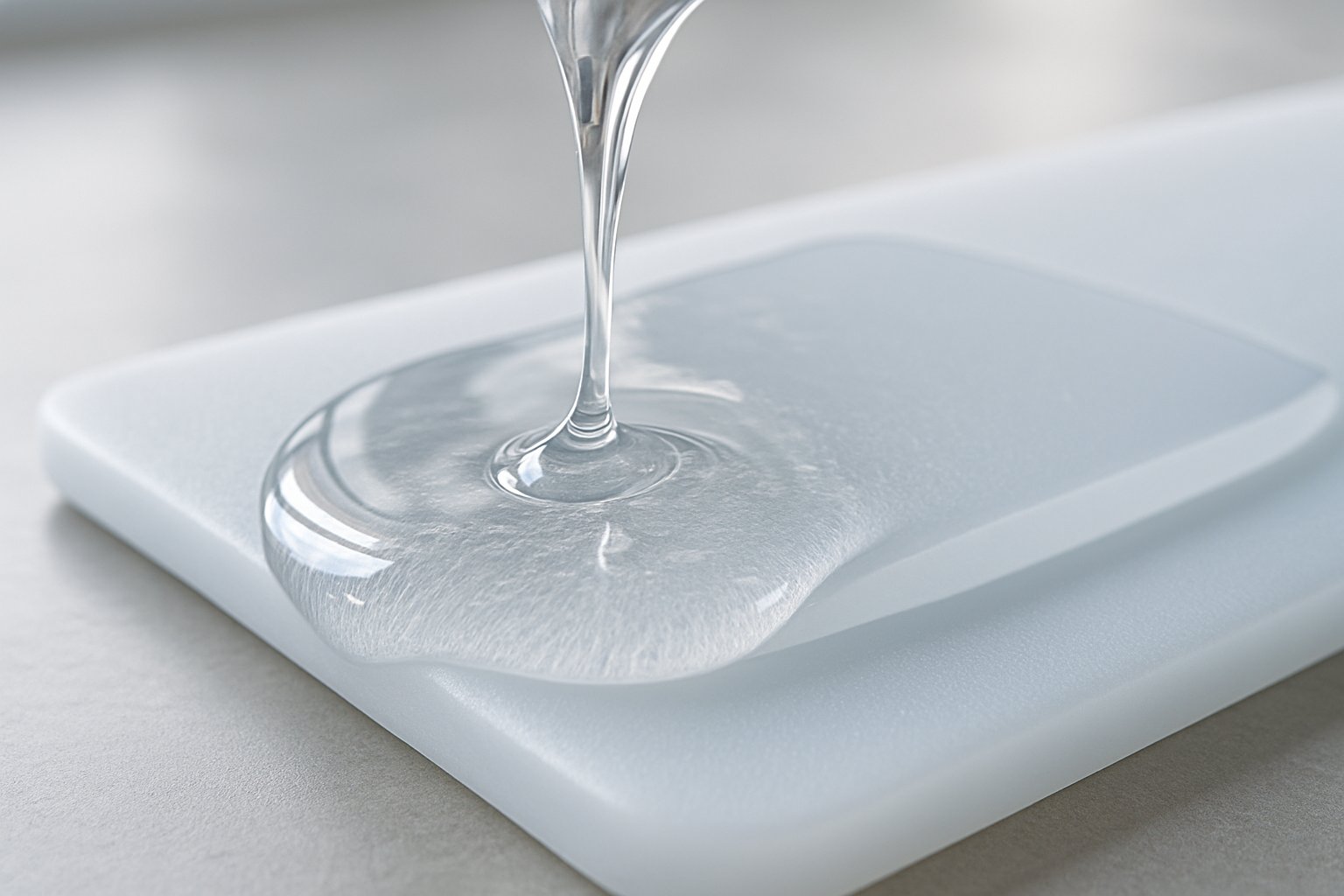
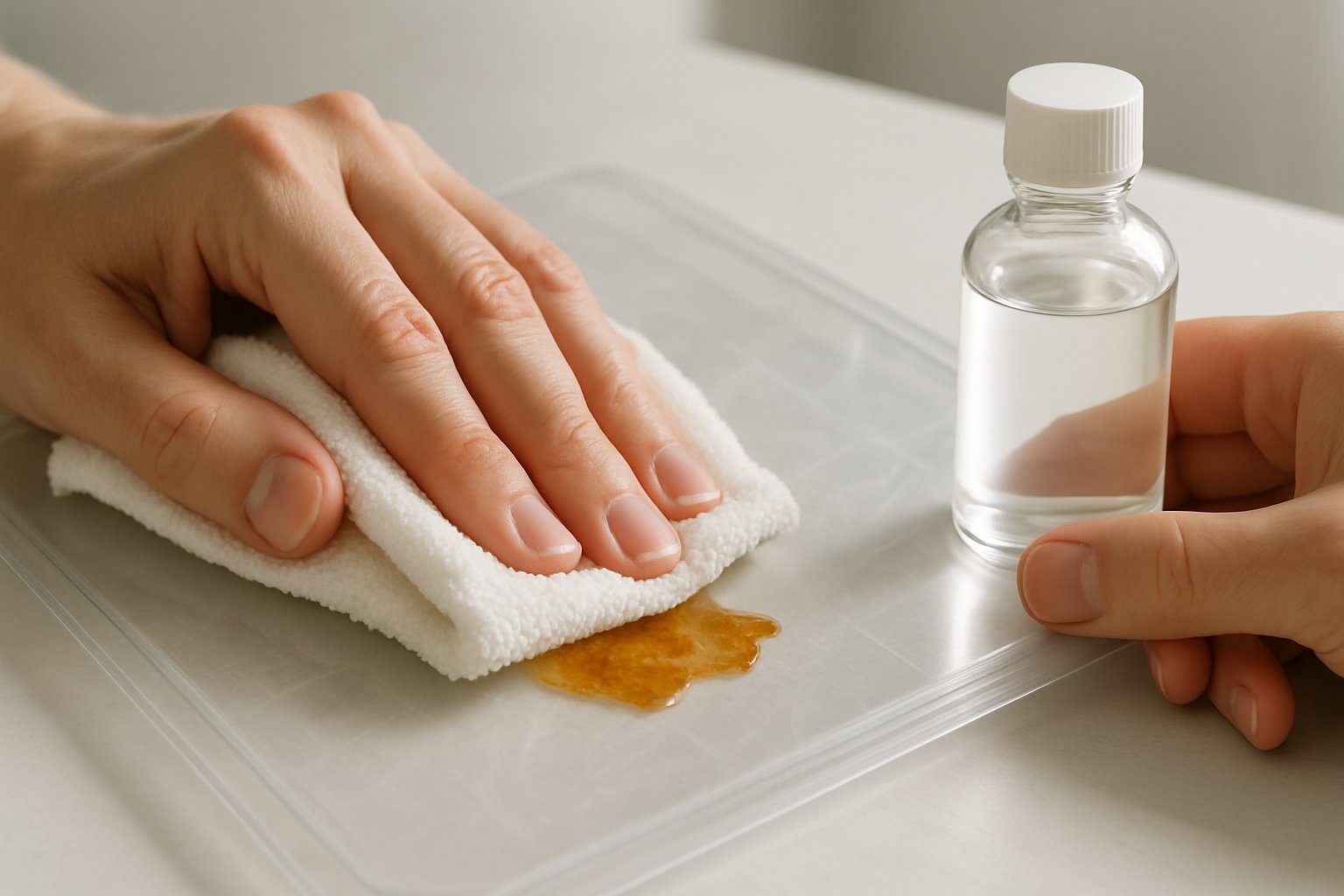
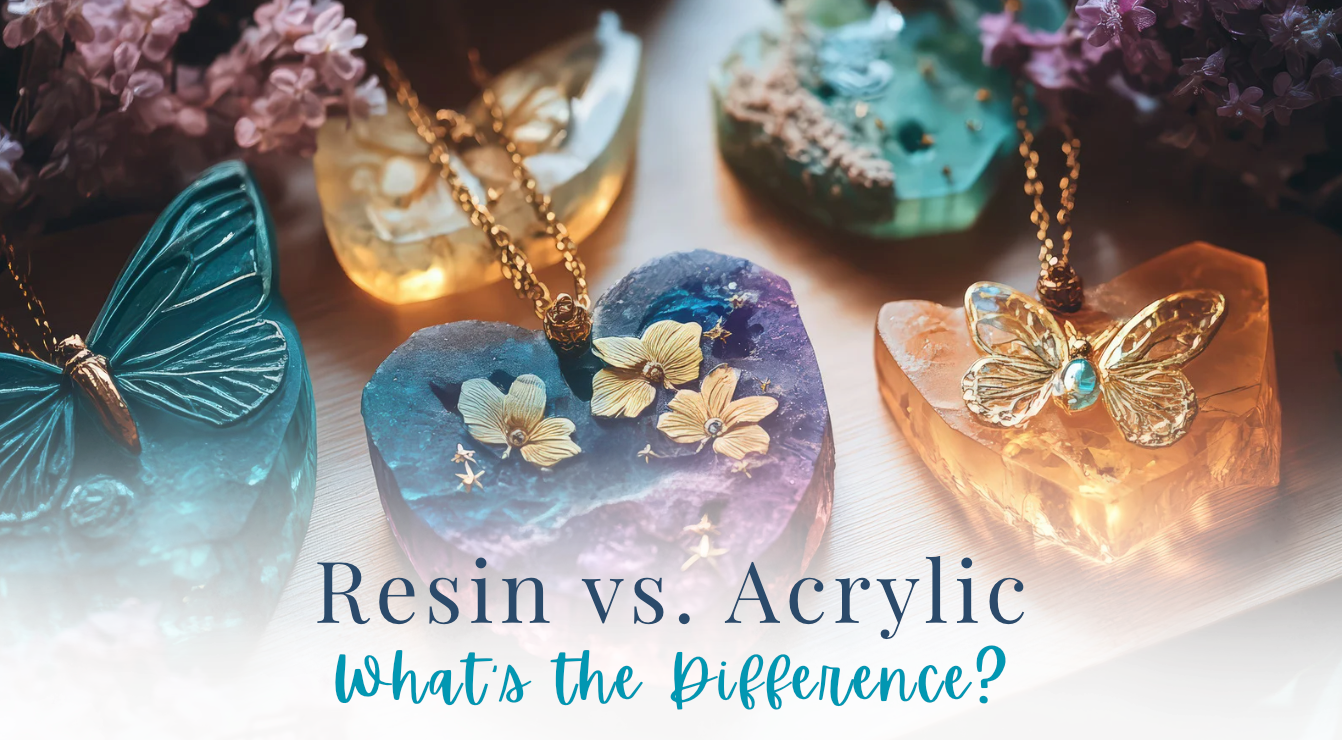

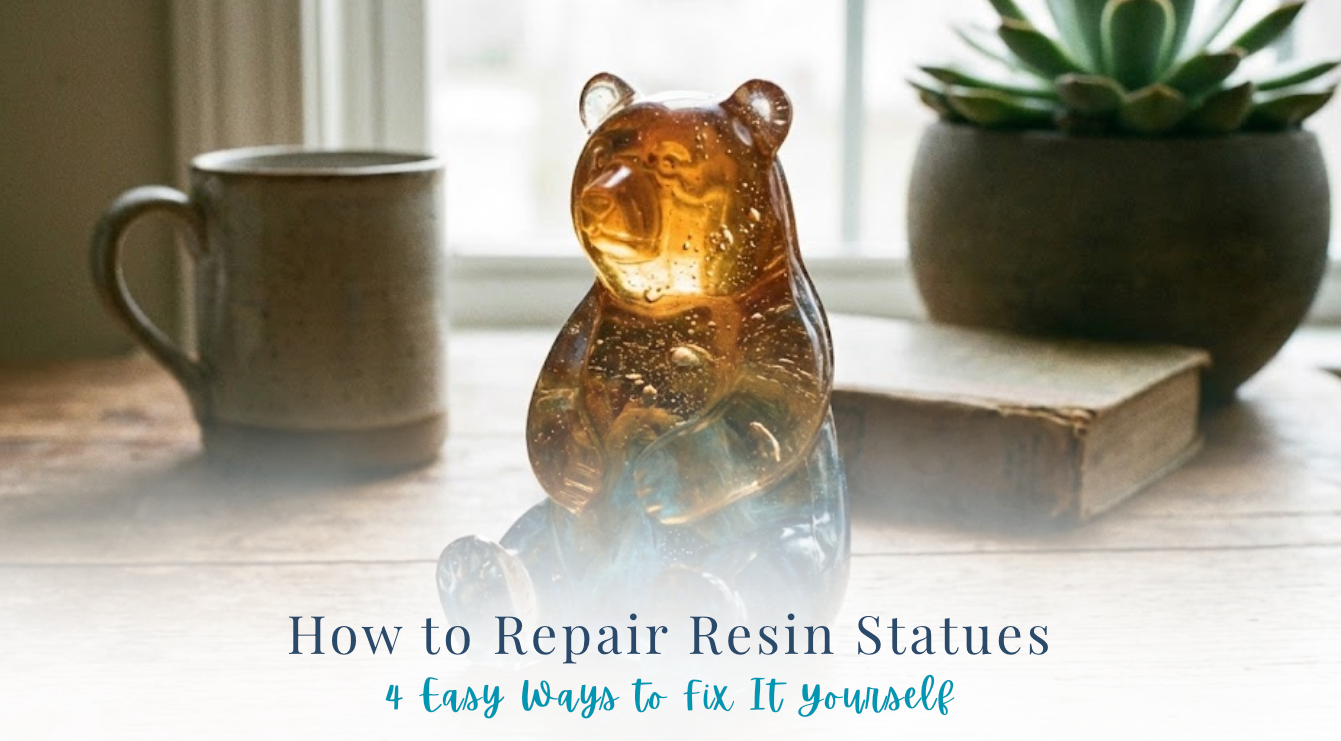

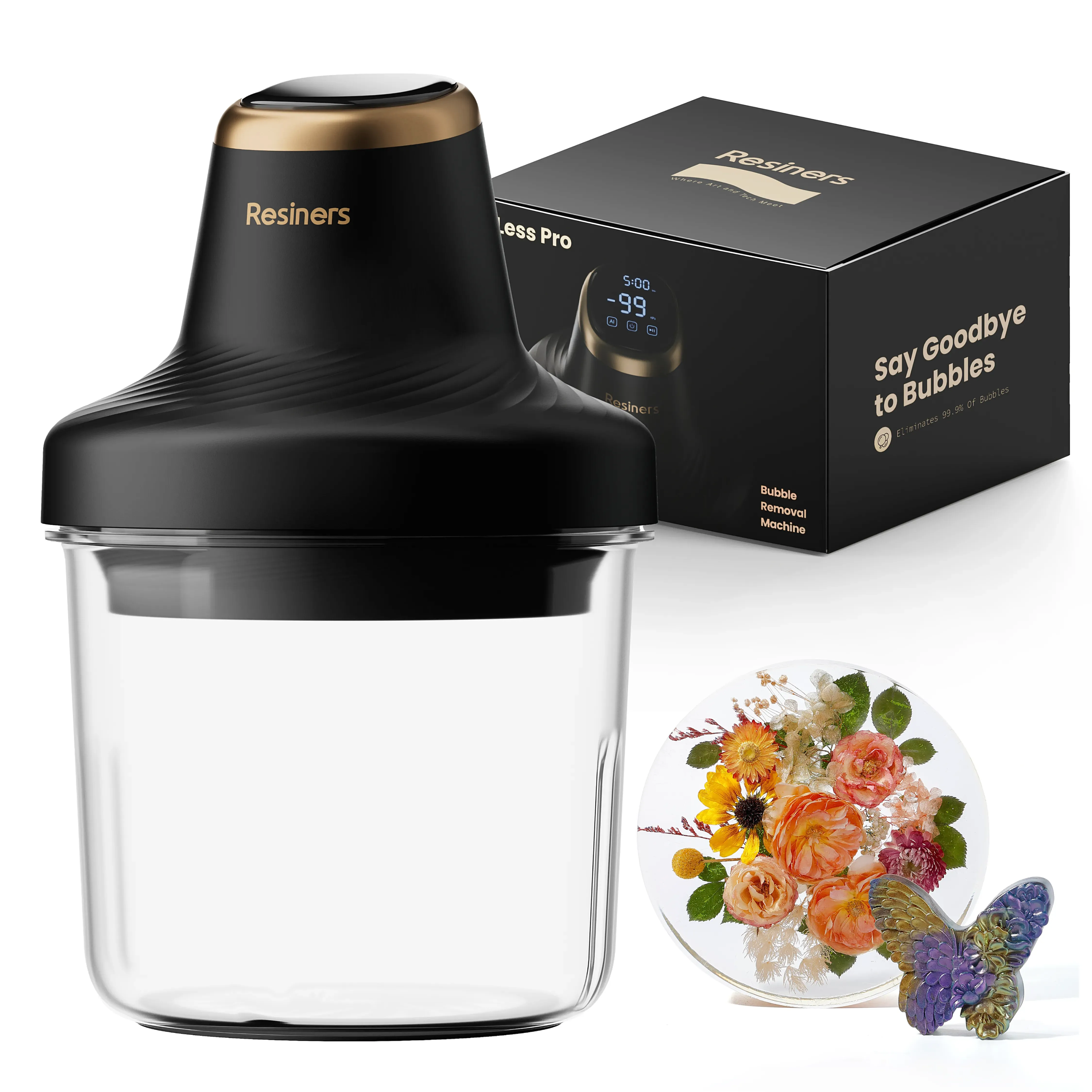


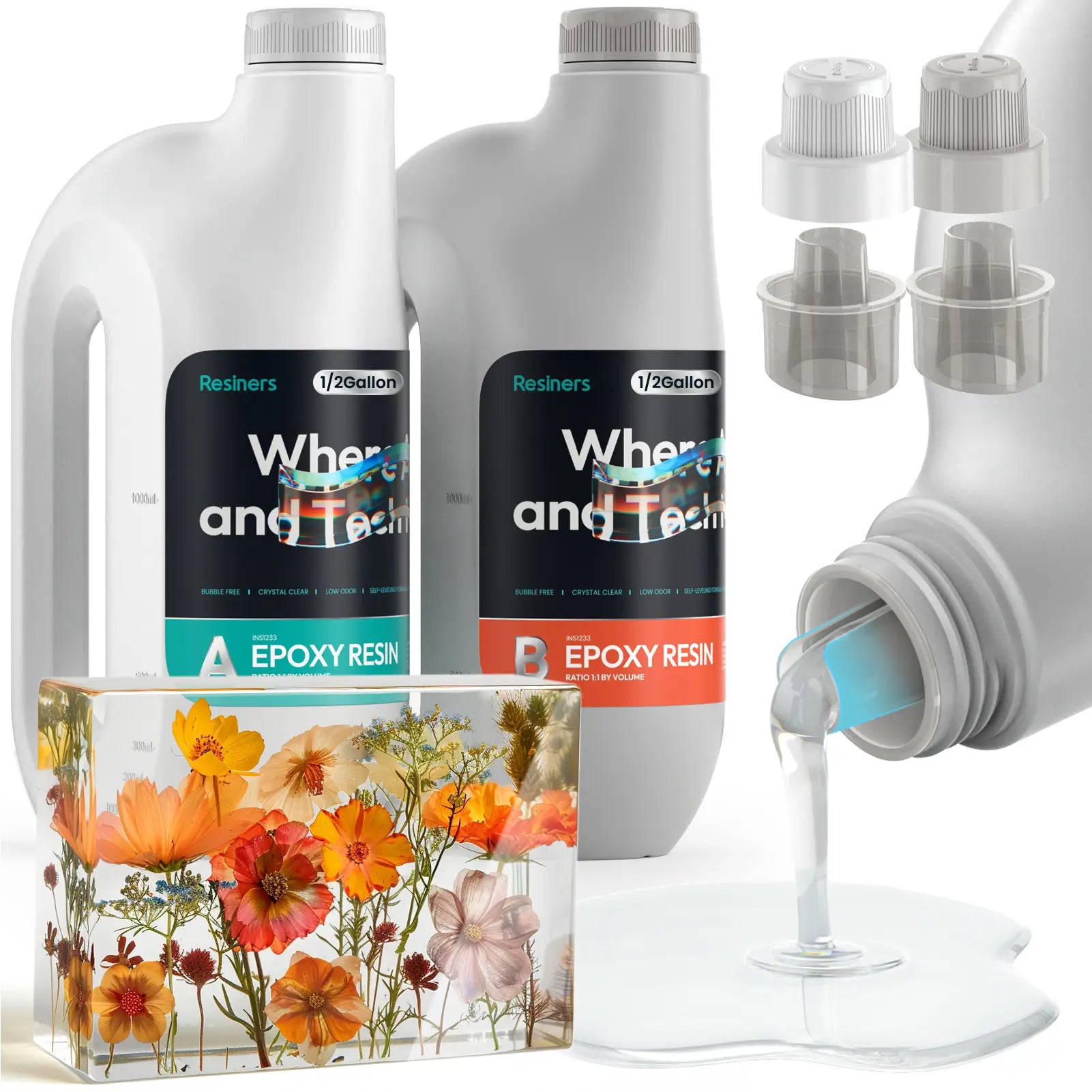
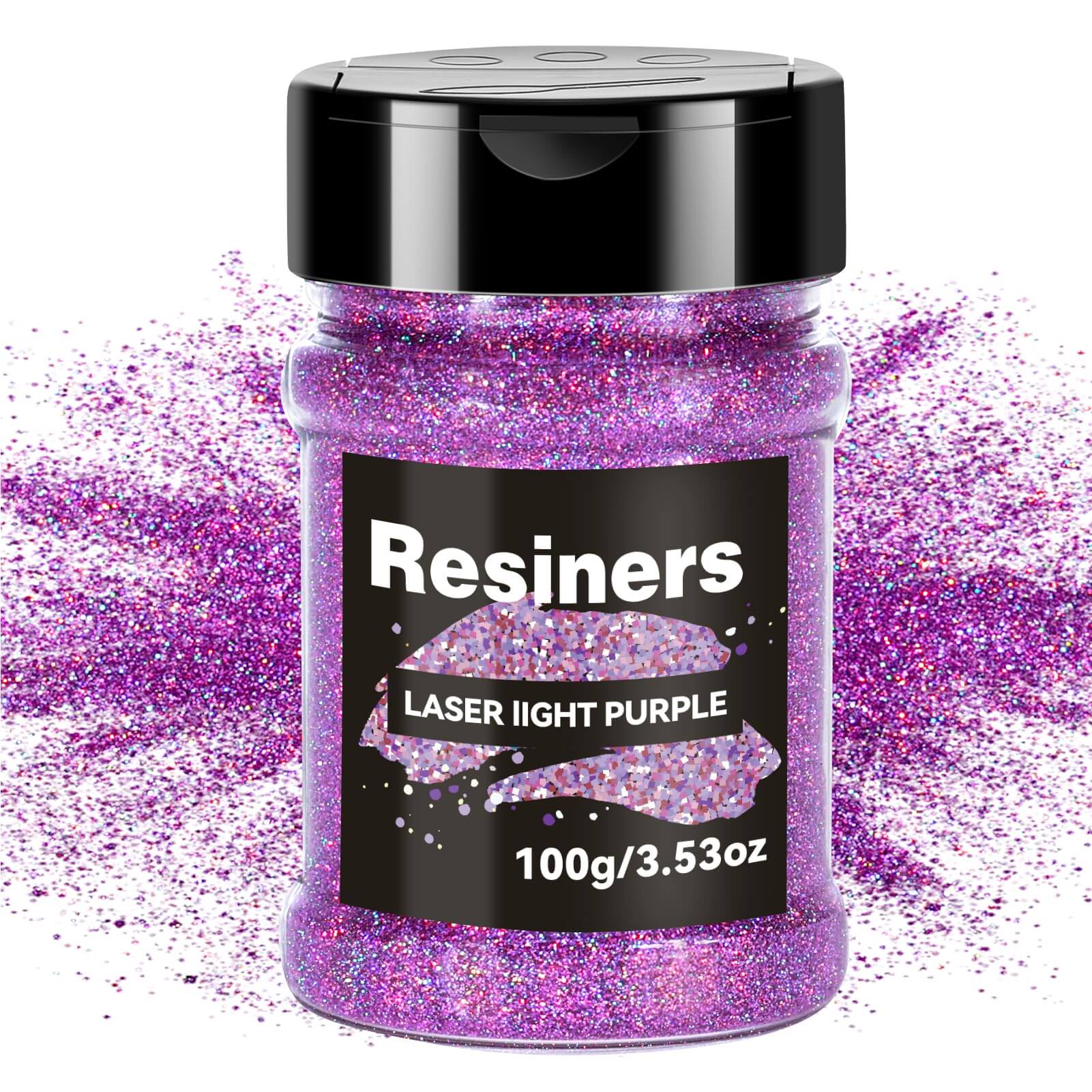
Laisser un commentaire
Ce site est protégé par hCaptcha, et la Politique de confidentialité et les Conditions de service de hCaptcha s’appliquent.